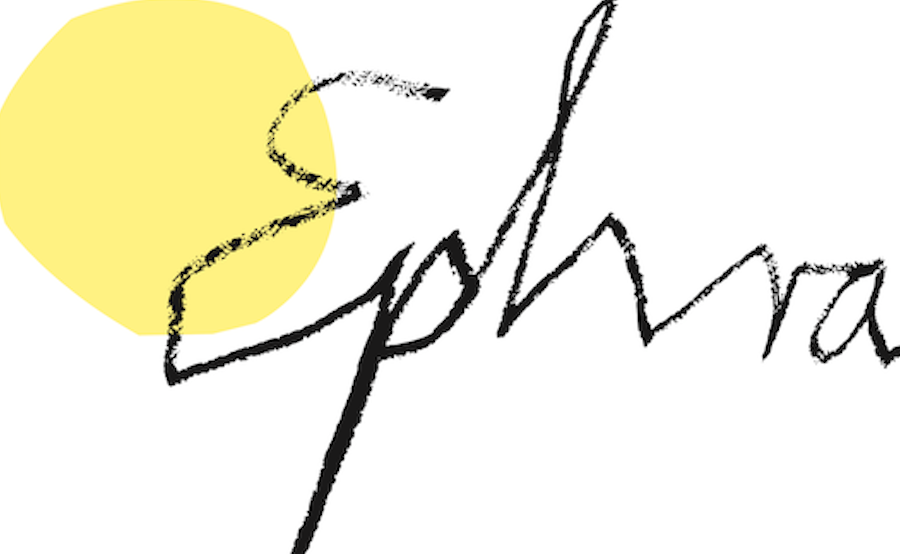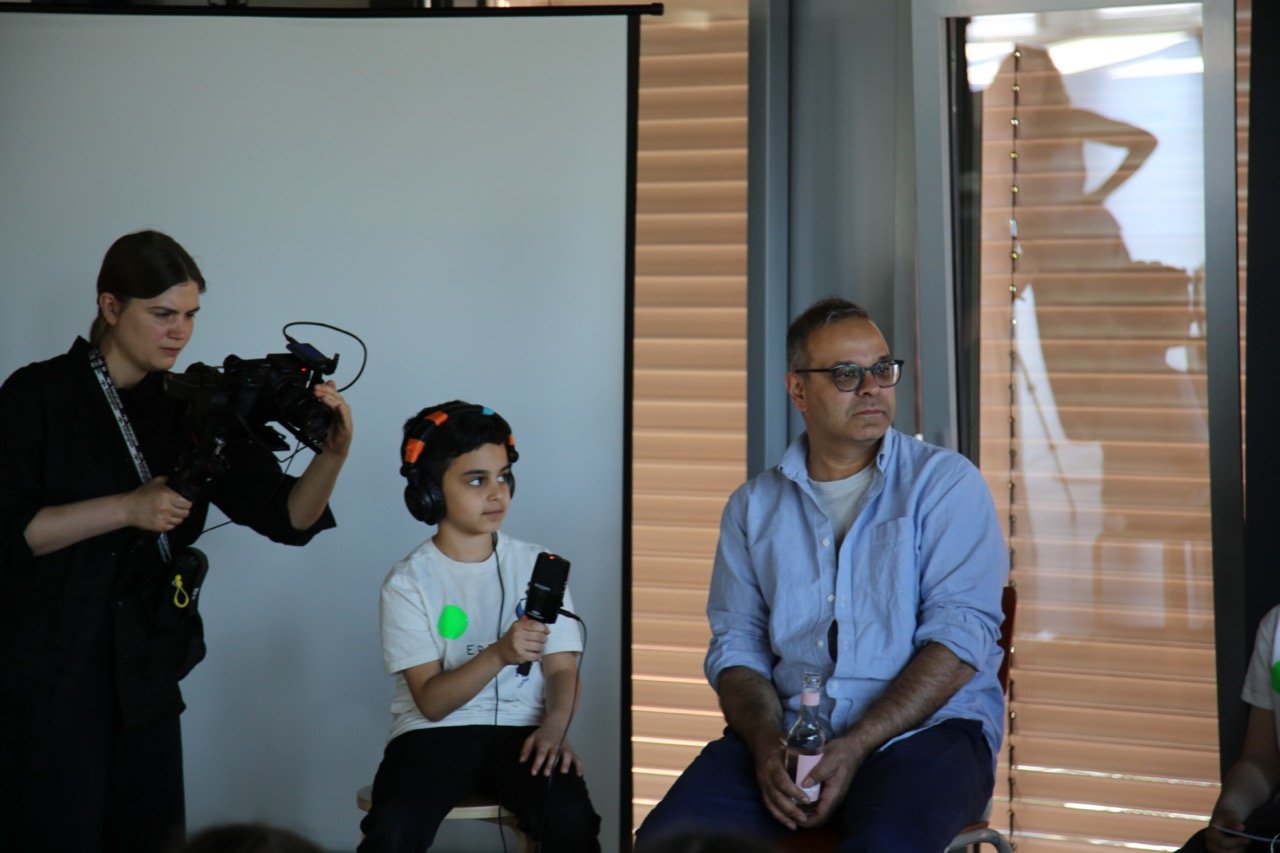Creating living soil with Asad Raza
Today, the artist Asad Raza is visiting us in the Ephra floor. Asad is from New York and therefore speaks mainly English, which is a new experience for us. But some of us already feel quite confident in English and Rebecca is on hand to help us with difficult translations. We want to start the conversation with Asad with an ice-breaker question to lighten the mood. One of us asks: "If you were an animal, which one would you be?" Asad replies that he would like to be a dolphin because he would enjoy swimming in the water. It's a hot May day and we can all well imagine what a nice way to cool down it would be to swim in the big ocean as a dolphin.
Afterwards, we want to know from Asad what kind of art he does. He finds the question difficult to answer. After a short pause, he says that he mainly wants to create living things. He thinks that simply showing or depicting something is a bit boring. Instead, he wishes that the people who look at his art really enjoy it, and that they are able to participate in it. In 2019, for example, he worked with researchers in Australia to collect 300 tonnes of organic and inorganic (that means living and dead) material and bring it to a museum. This included things like sand, silt, clay, phosphates and lime, but also pulses, food waste, coffee and green waste. Asad used all of these materials to create living soil in an exhibition. Visitors could not only look at the soil, but also walk on it, smell and feel it and even take a small amount of it home with them. We ask him how he comes up with such unusual ideas and he replies: "With a lot of sleep!".
Next, we ask whether Asad wanted to be an artist as a child. He tells us that his dream job was actually to be a tennis player. At some point, however, he realised that he wasn't good enough to become a professional athlete. Asad explains that he actually had always done art. He really liked the way art spoke to him. So he eventually became an artist. For Asad, art triggers a very clear feeling without really saying anything concrete. Some of us can relate to what Asad is describing, even if it is difficult to put into words.
Now that we have heard so much about Asad's art, we also want to create something new and go to the large terrace to do so. There are already four bowls ready for us to make our own living soil – similar to what Asad did in the exhibition in Australia. We split into groups and start mixing and stirring. Clay, sand and lentils are mixed together. Then each of us cuts off a tiny bit of hair. This also goes into the bowl. Finally, we pour in some water. Asad explains to us that the soil must consist of many different components and the right mixture in order to become fertile and provide a home for plants and animals. Soil that is too dry or clayey does not work. We can test whether our soil is well mixed by forming small balls from the mixture with our hands. If these balls hold together well, the mixture is perfect.
As we mix and mould our soil, Asad explains to us that soil is the basis of life not only for plants and small animals, but also for humans. By making soil ourselves today, Asad wants to remind us of what we are made of and how important soil is for us. Unfortunately, most of the soil on our planet is overused and has lost its important nutrients. Asad says that people need to relearn what makes good soil and how one can make soil fertile (again).
And indeed, when we return to the Ephra floor for another appointment a few weeks later, our large bowls of soil are already waiting for us – with many green stalks sprouting from them. We now know how to make fertile soil, but what we have learnt even more is that experience can also be art – at least if an artist like Asad creates the space for it.





